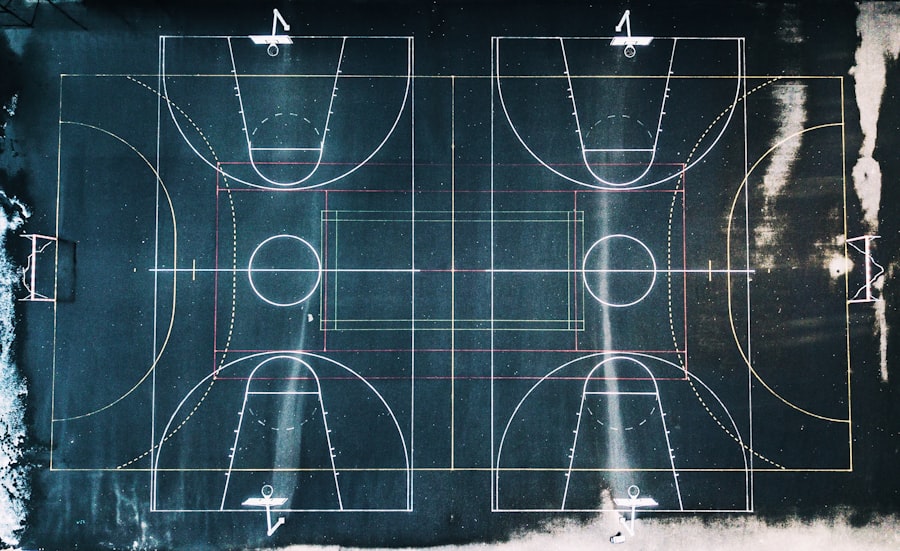Download links
How to install The Science of Bouncing Ball: A Fascinating Phenomenon APK?
1. Tap the downloaded The Science of Bouncing Ball: A Fascinating Phenomenon APK file.
2. Touch install.
3. Follow the steps on the screen.
Description
The phenomenon of a bouncing ball is a captivating interplay of physics principles, primarily governed by Newton’s laws of motion. When a ball is dropped, it accelerates towards the ground due to gravity, which exerts a force on it. Upon impact with a surface, the ball deforms slightly, storing potential energy in the form of elastic potential energy.
This energy is then converted back into kinetic energy as the ball rebounds. The efficiency of this energy transfer is crucial in determining how high the ball will bounce. The behavior of a bouncing ball can also be explained through the concept of momentum.
When the ball strikes the ground, it experiences a change in momentum, which is transferred to the surface it hits. The interaction between the ball and the ground can be analyzed using the principles of conservation of momentum and energy.
However, in real-world conditions, various factors such as air resistance and energy dissipation during deformation come into play, affecting the height of the bounce.
Key Takeaways
- The physics of bouncing balls involves the transfer of kinetic energy and potential energy as the ball deforms upon impact and then returns to its original shape.
- Elasticity plays a crucial role in the bounce of a ball, as it determines how much energy is stored and released during the deformation and reformation process.
- Factors such as the material, surface, and air pressure can affect the bounce of a ball, influencing its elasticity and overall performance.
- The mathematics of bouncing balls involves calculations of velocity, acceleration, and energy transfer to understand the mechanics of a ball’s bounce.
- Real-life applications of bouncing ball science can be found in sports equipment, engineering design, and even in the development of new materials with improved elasticity.
- The future of bouncing ball research may involve advancements in material science, technology, and engineering to create more efficient and high-performance bouncing balls for various applications.
The Role of Elasticity in Bouncing
Material Properties and Bounce Height
For instance, a rubber ball is highly elastic and can regain its shape quickly after deformation, allowing it to bounce effectively. In contrast, a tennis ball, while also elastic, has a different internal structure that affects its bounce height and behavior.
The Coefficient of Restitution
The coefficient of restitution is a key concept related to elasticity that quantifies how much kinetic energy remains after a collision. It is defined as the ratio of the speed after the collision to the speed before the collision. A perfectly elastic collision has a coefficient of restitution equal to 1, meaning no kinetic energy is lost. Most real-world collisions, including those involving bouncing balls, have coefficients less than 1 due to energy losses from sound, heat, and internal friction within the material.
Designing Balls for Optimal Performance
Understanding these properties allows scientists and engineers to design balls for specific applications, optimizing their performance based on desired bounce characteristics.
Factors Affecting the Bounce of a Ball

Several factors influence how high and effectively a ball bounces. One primary factor is the surface on which the ball lands. Hard surfaces like concrete or hardwood floors provide a greater rebound compared to softer surfaces like grass or sand, which absorb more energy upon impact.
The texture and angle of the surface also play significant roles; for example, a rough surface may create more friction, affecting the ball’s spin and trajectory after it bounces. Another critical factor is the internal pressure of the ball. For inflatable balls like basketballs or soccer balls, higher internal pressure typically results in a firmer ball that can bounce higher due to reduced deformation upon impact.
Conversely, a deflated or under-inflated ball will absorb more energy during impact and will not rebound as effectively. Temperature also affects bounce; warmer temperatures can increase air pressure within inflatable balls, enhancing their elasticity and overall bounce performance.
The Mathematics of Bouncing Balls
| Ball Type | Initial Height (m) | Number of Bounces | Height After 1st Bounce (m) | Height After 2nd Bounce (m) |
|---|---|---|---|---|
| Tennis Ball | 2 | 5 | 1.5 | 0.75 |
| Basketball | 3 | 7 | 2.1 | 1.05 |
| Golf Ball | 1 | 3 | 0.5 | 0.25 |
The mathematics behind bouncing balls involves various equations and principles from physics that describe motion and energy transfer. One fundamental equation used in analyzing bouncing balls is derived from kinematics: \( h = \frac{v^2}{2g} \), where \( h \) is the height reached by the ball after bouncing, \( v \) is its velocity just before impact, and \( g \) is the acceleration due to gravity (approximately 9.81 m/s²). This equation illustrates how velocity at impact directly correlates with the height achieved after bouncing.
Additionally, when considering multiple bounces, one can use geometric series to model the height of each successive bounce. If we denote \( h_0 \) as the initial drop height and \( e \) as the coefficient of restitution, then the height after each bounce can be expressed as \( h_n = h_0 \cdot e^n \), where \( n \) represents the number of bounces. This mathematical framework allows for predictions about how high a ball will bounce after several impacts and provides insights into energy loss with each successive bounce.
Real-life Applications of Bouncing Ball Science
The principles governing bouncing balls extend far beyond recreational activities; they have significant implications in various fields such as sports science, engineering, and material science. In sports, understanding how different balls behave can lead to improved performance and training techniques. For instance, basketball players often study how different types of basketballs react on various court surfaces to enhance their shooting accuracy and rebound strategies.
In engineering, insights from bouncing ball physics are applied in designing safety equipment such as helmets and padding for sports gear. By understanding how materials absorb impact energy through deformation, engineers can create products that minimize injury risk during collisions or falls. Additionally, in material science, researchers explore new composites that enhance elasticity and durability for applications ranging from sports equipment to automotive components.
The Future of Bouncing Ball Research

As technology advances, research into bouncing balls continues to evolve, focusing on enhancing performance through innovative materials and designs. One area of interest is nanotechnology, where scientists are exploring how nanoscale materials can improve elasticity and energy retention in balls. By manipulating materials at the molecular level, researchers aim to create balls that not only bounce higher but also last longer under rigorous use.
Moreover, advancements in computational modeling allow for more precise simulations of bouncing dynamics under various conditions. These simulations can help predict how new materials will perform before they are physically tested, streamlining the development process for new sports equipment or safety gear. As interdisciplinary collaboration grows between physicists, engineers, and sports scientists, we can expect exciting developments that will redefine our understanding of bouncing balls and their applications in everyday life.
If you’re a fan of mobile gaming, you may be interested in checking out the article “Kuasai Free Fire Max dan Menangkan Hadiah Menarik dari Lottery” on FreeFireMax.mom. This article discusses how to dominate the popular game Free Fire Max and win exciting prizes from the lottery. It’s a great read for gamers looking to up their skills and potentially score some cool rewards.
FAQs
What is a bouncing ball?
A bouncing ball is a small, round object that is designed to rebound off of surfaces when it is dropped or thrown.
What is the science behind a bouncing ball?
The science behind a bouncing ball involves the transfer of kinetic energy from the ball to the surface it bounces off of, and then back to the ball. This process is governed by the laws of physics, including the conservation of energy and momentum.
What materials are bouncing balls typically made of?
Bouncing balls are typically made of rubber or similar elastic materials that allow them to deform upon impact and then return to their original shape, enabling them to bounce.
What are some common uses of bouncing balls?
Bouncing balls are commonly used as toys, in sports such as basketball and tennis, and in various scientific experiments and demonstrations to illustrate principles of physics.
How high can a bouncing ball bounce?
The height to which a bouncing ball can rebound depends on factors such as the material and construction of the ball, the surface it bounces off of, and the initial force with which it is dropped or thrown.





